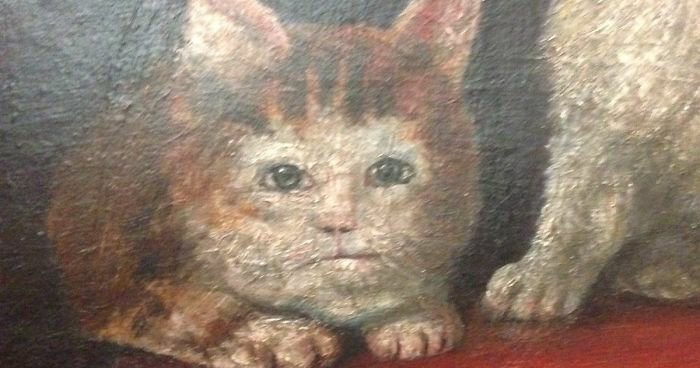

One day, the sister assigned to the kitchen sets up to cook several pieces of meat. The first one is actually pretty cute, or at least, it would be cute if it weren’t so sad. Here, I’m going to look at two episodes depicting the sisters’ suspicion. He’s not reticent about the reason for the emphasis: it demonstrates Achler’s Christ-like forebearance in the face of persecution. Kügelin insists upon their suspicion ( argwon) of Achler’s supposed miraculous inedia again and again through the Leben. Achler was either a star or a fraud-depending on whether you asked Kügelin or asked his portrayal of the convent’s other sisters. Above all, that mantle meant self starvation. As her Leben shows, she spent most of her adult life struggling to fit the mold of a late medieval holy woman. Paulin Link, “The Good Beth,” Ostfildern, 1992.Īchler was a sister in a convent founded by Augustinian friar Kügelin and loosely affiliated with the Franciscan Order. Painting of Elisabeth Achler in the monastery at Ruete. But most of all, he makes up for it through the often colorful stories he spins out of what was apparently a quiet and peaceful cloistered life. He makes up for it with his ebulent enthusiasm for Achler’s sanctity and his obvious concern for her as a person.

Kügelin wins no prizes for his prosecraft, to be sure. The context adds one more layer to the interesting (really!) German hagiography of Elisabeth Achler von Reute (1386-1420), written by her confessor Konrad Kügelin. These books, however lacking in literary splendor, were wildly popular both to read and to write they survive from clerical and lay libraries alike. Yet fifteenth-century Germans produced more vernacular literature than any other time or place in the Middle Ages, and scholars estimate seventy to eighty percent of it was religious. When I proposed a dissertation topic that heavily involved the era’s didactic literature, one of the members of my committee responded, “Are you sure you want to do that?” Vernacular religious literature from fifteenth-century Germany is not known for being eloquent, creative, or interesting.


 0 kommentar(er)
0 kommentar(er)
